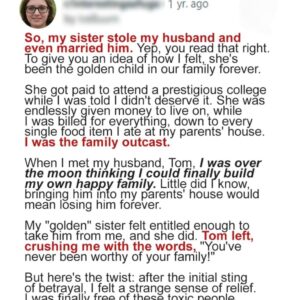There’s something undeniably comforting about looking back on the ’70s and ’80s — a time when life felt slower, friendships felt richer, and moments weren’t filtered through screens. Many remember riding bikes until sundown, hearing a parent call from the porch, and feeling like the world was both big and familiar.
We didn’t have smartphones constantly buzzing, yet somehow we stayed connected to the things that mattered most.
Those decades weren’t perfect, but they carried a simplicity and authenticity that many people long for today.
Relationships — both romantic and platonic — reflected that slower pace. People showed up in person,
spoke face-to-face, and built bonds through shared routines rather than digital habits. Looking back, it’s easy to see how different connection felt before the digital age took over.
1. Communication Styles
In the ’70s, staying in touch meant being present. Conversations happened in person or over the landline,
and handwritten letters bridged long distances. Rotary phones transitioned to touch-tone models, and every call carried a sense of importance.
Long-distance calls were expensive, so families often waited until nighttime when rates were cheaper.
Words mattered because speaking longer truly cost more.
Today, we can reach anyone instantly through texts, DMs, and video calls. While communication has become effortless, many feel more disconnected than ever. Digital messages lack tone and nuance, and misunderstandings spread more easily without face-to-face clarity.
2. Dating Norms and Practices
Dating in the ’70s required confidence. If you liked someone, you approached them in person.
People met partners through friends, at work, or at local hangouts. Sharing a phone number was a meaningful step, not just a tap on a screen.
Modern dating revolves around apps like Tinder and Bumble. It’s easier to meet people but harder to build trust. Once, relationships began with conversation; now, they often begin with curated profiles and quick swipes.





